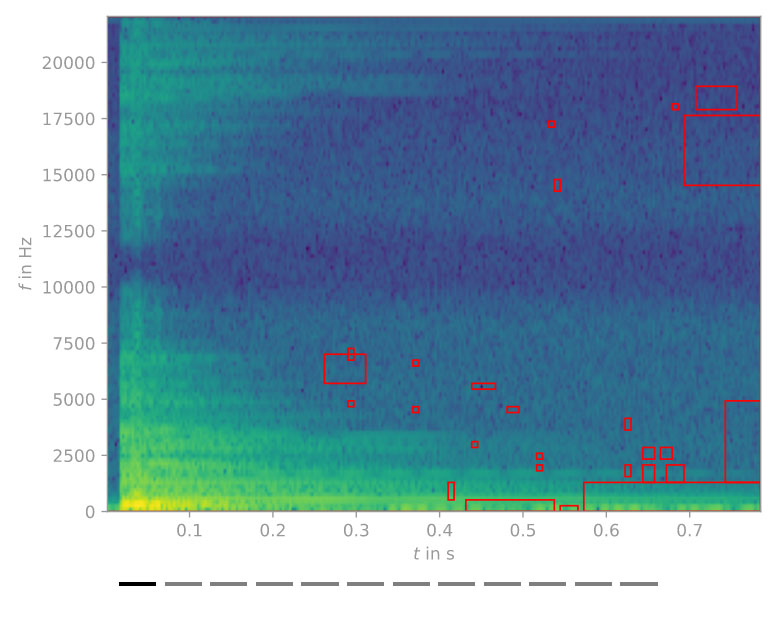Detecting faults in plants and processes with the help of AI
What was previously based more on intuition and experience is now objectively verifiable: The OpenZfP AI portal for non-destructive testing uses artificial intelligence to evaluate noises from machines, plants and processes and thus detects anomalies that could lead to malfunctions or downtimes.
Identifying faulty processes and components using sound
If there are deviations from the normal state, so-called anomalies, this often manifests itself in unusual noises. Acoustic diagnostic methods have long been used for quality assurance, maintenance and servicing. However, the evaluation of audio data is often difficult, as human perception is subjective and there are no objective criteria for classification.
The OpenZfP AI portal of Fraunhofer IKTS now enables audio data from machines and systems to be examined for anomalies and evaluated using artificial intelligence (AI). This automates testing and makes it traceable. The reliability of error detection depends on the respective application and can be as high as 100 percent.
Assessment through artificial intelligence
Audio recordings of the process are uploaded to the OpenZfP AI portal for analysis. The recordings can be made using a smartphone or from microphones already installed in process monitoring systems.
A specially trained algorithm then carries out the anomaly detection and outputs the results as a spectrogram. Markings in the graph allow even inexperienced users to identify the area in which deviations occur and thus narrow down the troubleshooting process.
The free OpenZfP AI portal of Fraunhofer IKTS
The OpenZfP AI portal is a service provided free of charge by the working group on Cognitive Material Diagnostics at Fraunhofer IKTS.
The aim of this service is to reduce reservations about AI and identify potential applications. If further classification of the data is desired, the researchers of the Cognitive Material Diagnostics group provide support with AI-based data evaluation, the development and training of adapted algorithms and the integration of appropriate audio technology (microphones) and AI monitoring for automatic and continuous anomaly detection.
